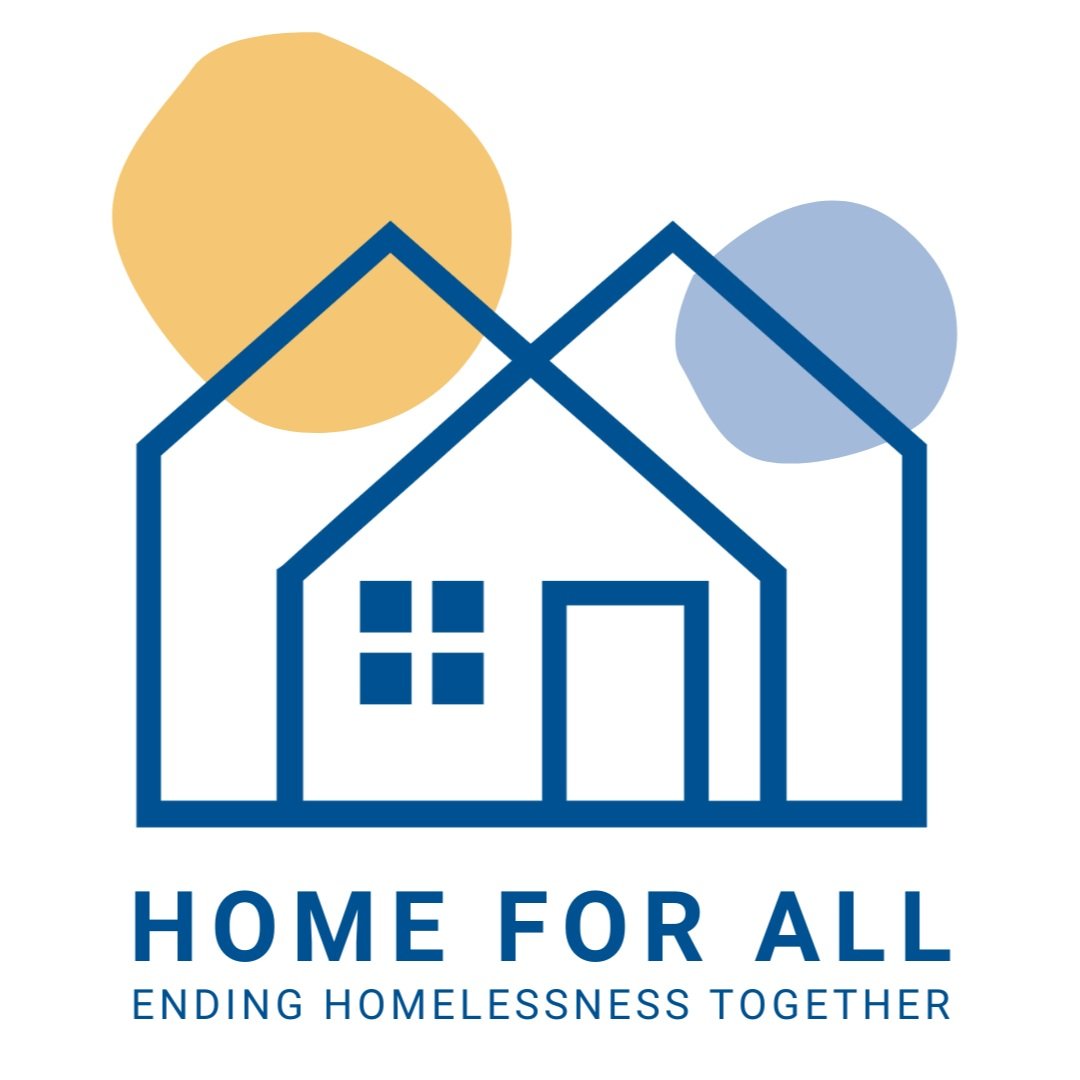Eviction
The best way to combat homelessness is to prevent it from happening in the first place.
In New Hampshire, 25% of renter households (n = 38,595) are considered to be extremely low-income, meaning their household incomes at or below $32,036 year (i.e., below 30% of the statewide area median income).
Most low-income individuals and families in New Hampshire receive no housing assistance. As a result, 64% of extremely low-income renter households in New Hampshire are considered severely rent-burdened, meaning more than half of their income is spent on housing costs.
Severely rent-burdened households are more likely to sacrifice other necessities like healthy food and healthcare to pay the rent, and to experience unstable housing situations and eviction.spending more than half of their income on housing.
Across the country, incomes for households of modest means have flatlined while housing costs have soared, with only one in four families who qualifies for affordable housing programs gets any kind of help.
Under these conditions, it has become harder for low-income families to keep up with rent and utility costs, and a growing number are living one misstep or emergency away from eviction.
After New Hampshire’s Emergency Rental Assistance Program stopped accepting new applications at the end of 2022, landlord-tenant cases in New Hampshire spiked and this trend is expected to continue into 2023.
According to data released by the New Hampshire Judicial Branch, evictions increased by 13% between 2021 and 2022, and the number of landlord-tenant cases filed in that same time frame increased by 36%.
The rise in evictions — combined with the state's growing homelessness crisis, inflated market prices and low vacancy rate — underscores the severity of the housing crisis.
Being evicted from one’s home is not only a direct cause of homelessness, but it reliably leads to a series of obstacles that increase the likelihood of future homelessness, as well as health and education challenges, particularly in children.
Eviction can have long-term consequences on individuals and families.
An eviction can appear on a renter’s credit history for up to seven years, hindering their search for safe, affordable housing due to a ripple effect of negative consequences.
Beyond displacement, the impact of an eviction can also cut a renter off from access to quality public transportation, schools and work.
The stress of the process, and the upheaval of an abrupt move, has adverse impacts on mental health. Research has that after being evicted, mothers suffered from higher rates of depression up to two years later. Low-income women, especially women of color, victims of domestic violence and families with children often are at greatest risk of eviction.

